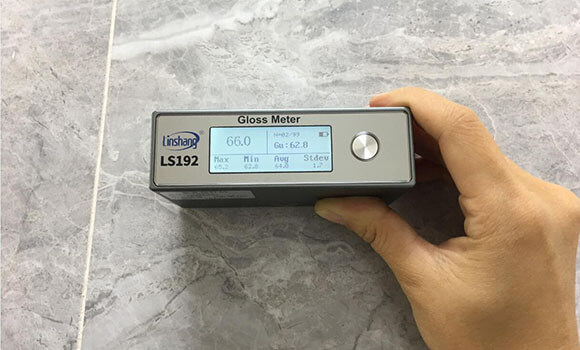Gloss Difference between Old and New Porcelain
1. The difference between old and new porcelain
After the porcelain is fired, its glaze has two layers of light waves. The glaze surface has a layer of bright surface light, also known as "floating light, fire light and thief light". There is a dense inner light inside the glaze layer. A piece of newly-made kiln porcelain has a brand-new state in all aspects. The glaze is bright. After being irradiated with light, the mineral particles in the glaze layer are young and active. With the extension of the age, various minerals in the glaze undergo oxidative aging year by year under the action of physical and chemical in the natural world. Their vitality, energy and strength also weaken year by year. The glaze layer begins to age and the glaze surface begins mature gradually and warm. After being irradiated with light, the bright and dazzling intensity of the glazed surface light gradually weakened. The degree of freeness gradually decreased. The internal light in the glaze layer gradually sinks, the density and thickness gradually increase and the brightness and floatation gradually decrease.
The above-mentioned change phenomenon, the longer the age, the more obvious the change. Except under special circumstances where unnatural super-physical and chemical interactions cause loss of light, its age is proportional to the degree of change. It has the same theoretical relationship with the "annular" of tree growth in nature. Through this method of identification of gloss, it is easy to distinguish between new and old glazes in porcelain.
2. How to detect the gloss of old porcelain?
Surface gloss is a characteristic of ceramic product surface. Some artistic ceramics have a very high collection value if the surface gloss is good. For the old porcelain, through the detection of gloss, it can also detect the appearance quality, which can be used as a reference to identify the old porcelain.
The surface of unglazed ceramic products is generally rough (except the self-generated glazed porcelain body) and does not have good enough gloss, so the so-called ceramic surface gloss generally refers to the surface gloss of glazed ceramic.
Surface gloss comes from the specular reflection of natural light (or white light) from the surface. The greater the amount of specular reflection, the better the gloss. The amount of specular reflection depends on the refractive index of the surface material and the smoothness of the surface (under a constant intensity of the projected light). For an absolutely smooth surface, rooting out the Fresnel formula and wave theory can infer that the surface gloss (represented by the reflectivity R) increases as the refractive index (n) of the surface material increases. The surface of the ceramic is not an absolutely smooth surface. Its specular reflectivity (that is, gloss) depends not only on the refractive index of the glazed glass, but also on the roughness.

LS192 Gloss MeterMeasure Porcelain Gloss
Gloss is the property of directional reflection of light on the material surface. It plays a decisive role in the clarity of the object image formed on the material surface. The smoother the material surface, the higher the gloss. When directional reflection, the material surface has specular characteristics, it is called specular reflection. Different gloss levels can change the lightness and darkness of the material surface and expand the field of view or cause different contrasts. The gloss of the material can be measured with Linshang gloss meter LS192.